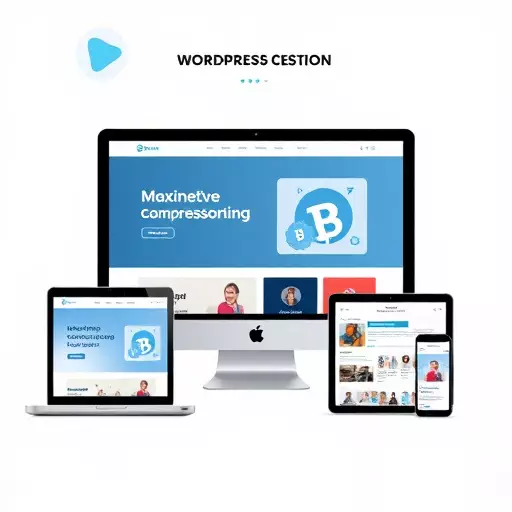Migrating a WordPress site demands strategic planning, involving content transfer, backup, and choosing suitable tools. Selecting the right WordPress theme is critical for brand identity and functionality, especially for e-commerce sites, focusing on product catalogs and secure payment gateways. Responsive design ensures optimal viewing across devices, with modern themes using CSS media queries. Post-migration, optimizing user experience involves implementing fast loading times, intuitive navigation, and powerful e-commerce plugins for improved performance and sales.
Migrating a WordPress site can be a complex process, but with a strategic approach, it becomes a smooth and successful journey. This comprehensive guide takes you through the intricacies of WordPress site migrations, offering valuable insights for both beginners and experienced users. From selecting the ideal WordPress theme to ensure seamless responsive design, we cover all aspects. Learn how to optimize e-commerce functionality post-migration, ensuring your site thrives in the competitive online landscape.
- Understanding WordPress Site Migrations: A Comprehensive Guide
- Choosing the Right WordPress Theme for Your Migration
- Ensuring Seamless Responsive Design During Migration
- Optimizing E-commerce Functionality Post-Migration
Understanding WordPress Site Migrations: A Comprehensive Guide

Migrating a WordPress site involves transferring content, settings, and files from one location to another. This process is crucial, especially when moving from a traditional hosting setup to cloud-based solutions or switching between different WordPress themes. A comprehensive guide ensures that every aspect of your site, from pages and posts to plugins and media, is accurately migrated.
When considering a migration, whether for a standard blog, a dynamic e-commerce WordPress site, or a responsive design, it’s essential to plan ahead. This includes backing up all data, choosing the right migration tool based on your needs—especially if you’re managing an extensive site with numerous plugins and custom configurations—and testing thoroughly to ensure everything functions seamlessly after the move.
Choosing the Right WordPress Theme for Your Migration

Choosing the right WordPress theme is a critical step in your site migration process. With thousands of options available, selecting one that aligns with your brand identity and meets the specific needs of your business is essential. For instance, if migrating to an e-commerce platform, opt for themes designed specifically for online stores, offering features like product catalogs, secure payment gateways, and integrated shipping options. Remember to consider a responsive design to ensure your site looks stunning and functions flawlessly across all devices, from desktops to smartphones.
WordPress themes also play a significant role in search engine optimization (SEO). A well-structured theme with proper metadata, clear navigation, and fast loading times can boost your site’s ranking. E-commerce WordPress sites, for example, should prioritize themes that enhance product discoverability through filters, categories, and visual comparisons, ultimately improving user experience and conversion rates.
Ensuring Seamless Responsive Design During Migration

When migrating a WordPress site, maintaining a seamless responsive design is paramount, especially for e-commerce platforms that rely on mobile traffic. The latest WordPress themes are built with responsiveness in mind, utilizing CSS media queries to adapt layouts across devices. During migration, it’s crucial to ensure these styles translate accurately, preserving the original aesthetic and functionality.
For complex sites, employing a professional developer can help avoid pitfalls. They understand how to handle custom themes and plugins, ensuring that the responsive design remains intact while optimizing site speed and performance, which is critical for user experience and search engine rankings.
Optimizing E-commerce Functionality Post-Migration

After successfully migrating your e-commerce WordPress site to a new platform or hosting service, optimizing its functionality is crucial for enhancing user experience and boosting sales. One key aspect is ensuring your website adapts seamlessly to various screen sizes with a responsive WordPress design. This guarantees that your e-commerce site looks impeccable and functions flawlessly on desktops, tablets, and smartphones, catering to the growing number of mobile shoppers.
Additionally, reviewing and customizing your chosen WordPress theme post-migration can significantly impact performance. A well-optimized theme ensures fast loading times, secure transactions, and an intuitive navigation structure. By integrating powerful e-commerce plugins and fine-tuning settings, you can streamline processes like product categorization, inventory management, and checkout procedures, ultimately contributing to a seamless shopping journey for your customers.


